On Constant Delay: Our Journey So Far
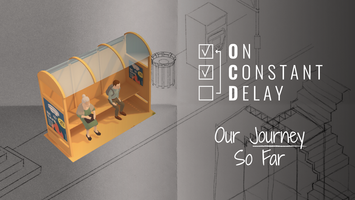
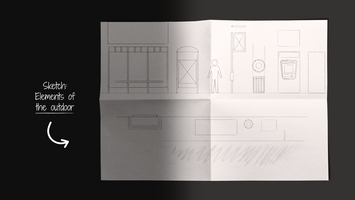
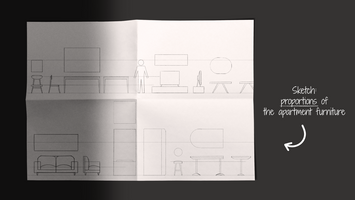
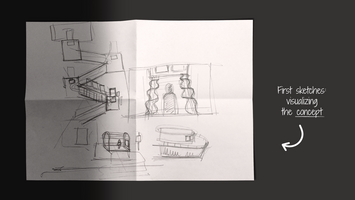
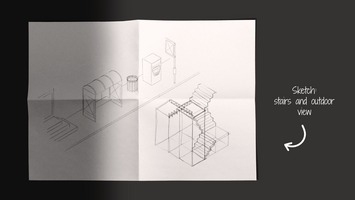
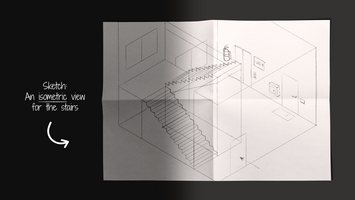
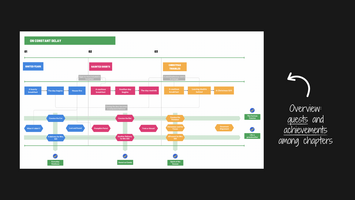
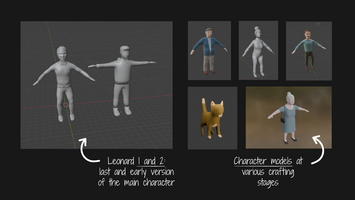
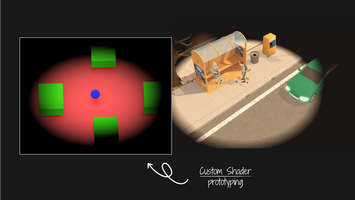
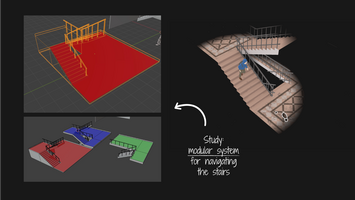
The creation of On Constant Delay has been an incredible journey, starting in June 2024 and concluding, at least in its current form, in October. This project embodies the spirit of Narrativi Digitali, an independent studio founded this year by us, Simone and Cristiano Schiaffella. With backgrounds in communication and design (Simone) and software development (Cristiano), we joined forces to transform our passion for video games into a tool for education and awareness.
From the very beginning, our goal was to create games that not only entertained but also inspired and conveyed meaningful values. When we sat down to brainstorm ideas for a game Mental Health Game Dev Champions 2024 hosted by Safe In Our World, choosing a theme close to our hearts felt natural: obsessive-compulsive disorder (OCD). From a deep, personal connection, the idea of On Constant Delay was born to tell this a story that could spread awareness and understanding around this condition.
The process of creating the video game followed the principles of Design Thinking, evolving through several meaningful iterations. Each stage was carefully crafted to ensure it added significant value to the final product. This journey can be summarized in three distinct phases: defining the story and core mechanics, crafting the assets and narrative, and refining the gameplay through playtesting.
Part 1: Defining the Story and Core Mechanics
We wanted to create a narrative game that felt authentic, representative, and capable of fostering empathy. The story of On Constant Delay follows Leonard, a man battling anxiety and compulsive behaviors. His daily struggles are (also) metaphorically depicted through the repeated act of climbing and descending stairs, where ascent and descent symbolizes the cycles of obsessions and compulsions.
In terms of gameplay, the core dynamic revolves around repetition, enhanced by a unique mechanic: as Leonard’s anxiety rises, his field of vision progressively shrinks. This visual effect represents the world "closing in" on him, emphasizing the debilitating impact of OCD.
A major narrative challenge was integrating Leonard’s compulsive behaviors into the gameplay without making the player feel rewarded for engaging in them. Striking this balance was crucial to maintaining the authenticity of the game while respecting its nature as an educational and awareness-raising experience rather than a therapeutic tool.
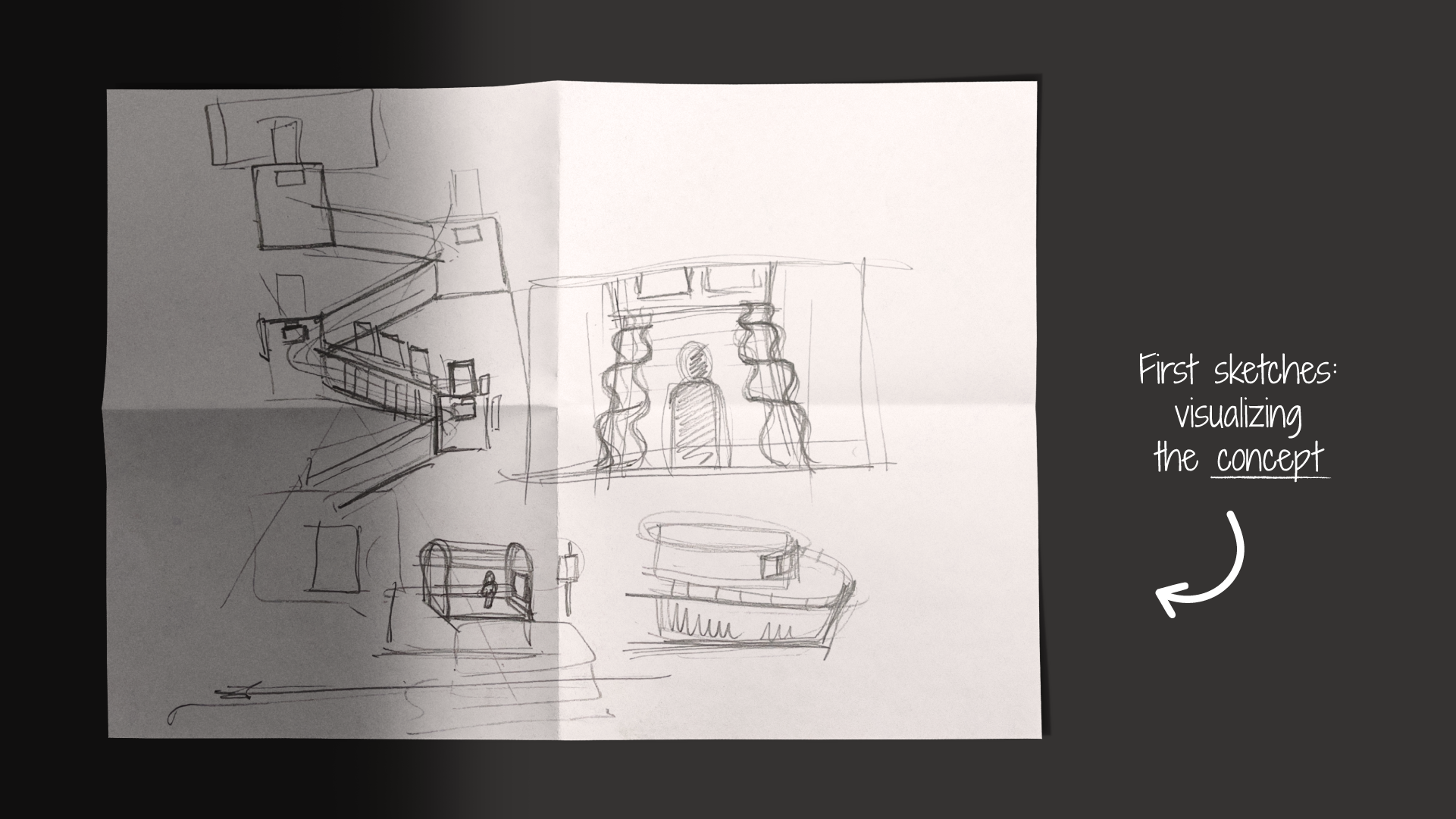
Part 2: Crafting the Story, Audio, and Visual Assets
This second phase was all about turning ideas into reality. We started with the game’s primary models, refining them through multiple iterations. Leonard himself underwent a significant evolution: from a young man in a hoodie and jeans to a more mature figure in a dress shirt and formal trousers, better aligned with the tone of the story.
One of the most challenging aspects was creating a modular system for stair navigation. Ensuring that the movement felt smooth and not frustrating was technically demanding. We developed a system that allowed players to repeat this action without feeling trapped in a cycle of annoyance and maintaining the intended sensation of obsessive repetition.
Another critical element was designing a custom shader in Godot to depict Leonard’s shrinking field of vision. This feature had to be both visually striking and narratively coherent.
For the soundtrack, we developed a theme that could adapt to various atmospheres, modulating itself across the chapters. Sound effects also played a vital role: every step, creak, or breath contributed to building an immersive atmosphere.
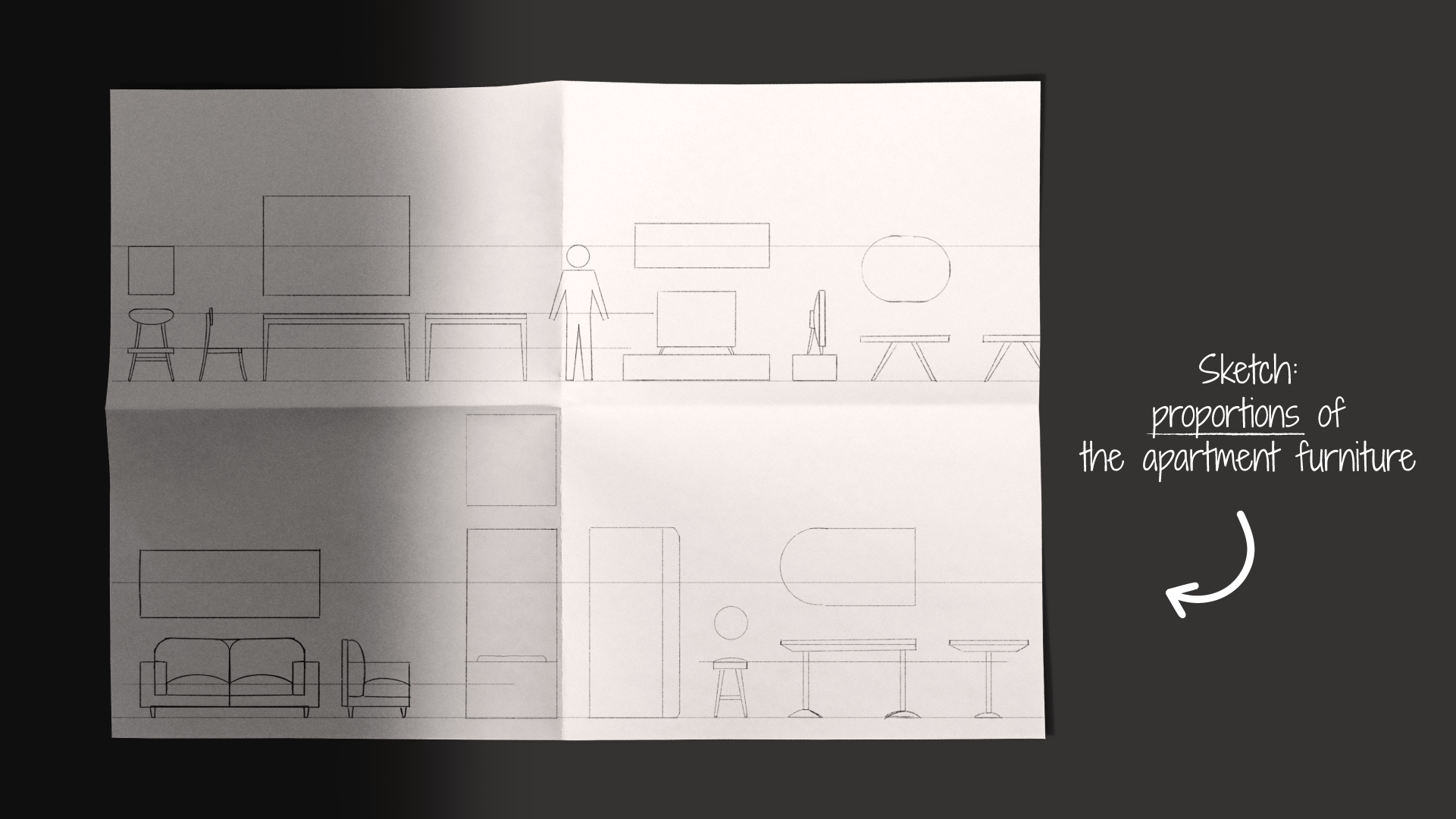
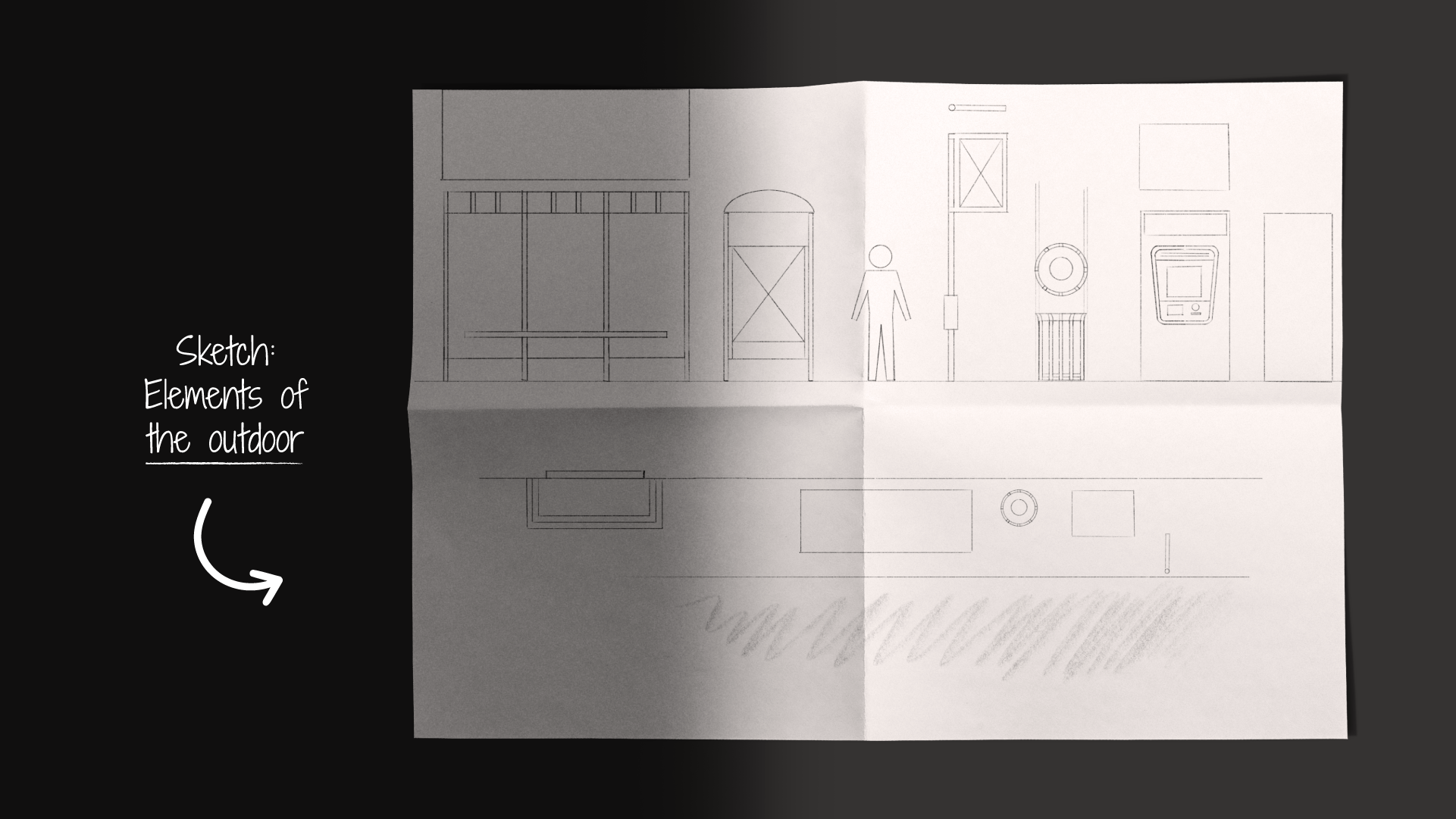
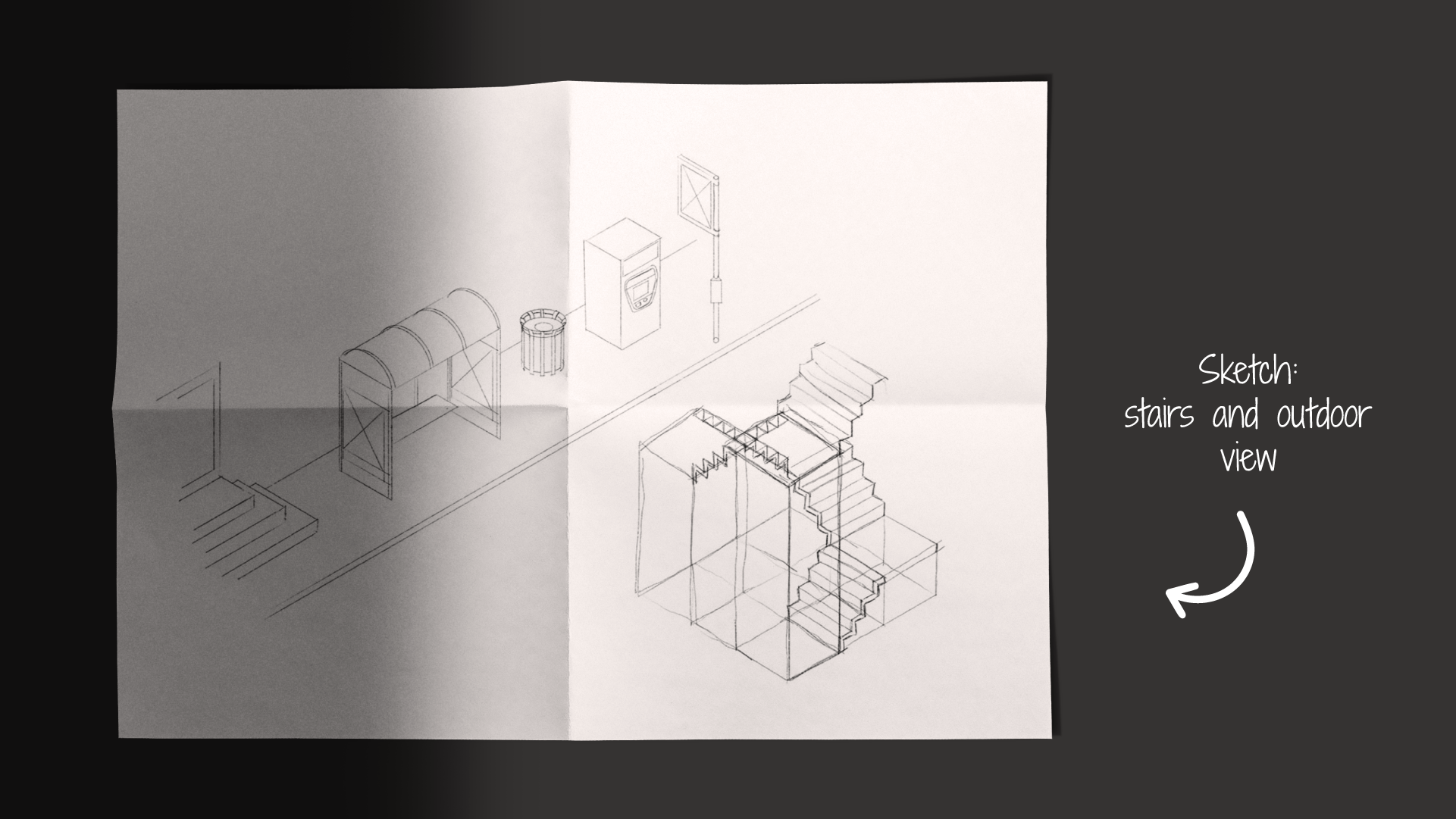
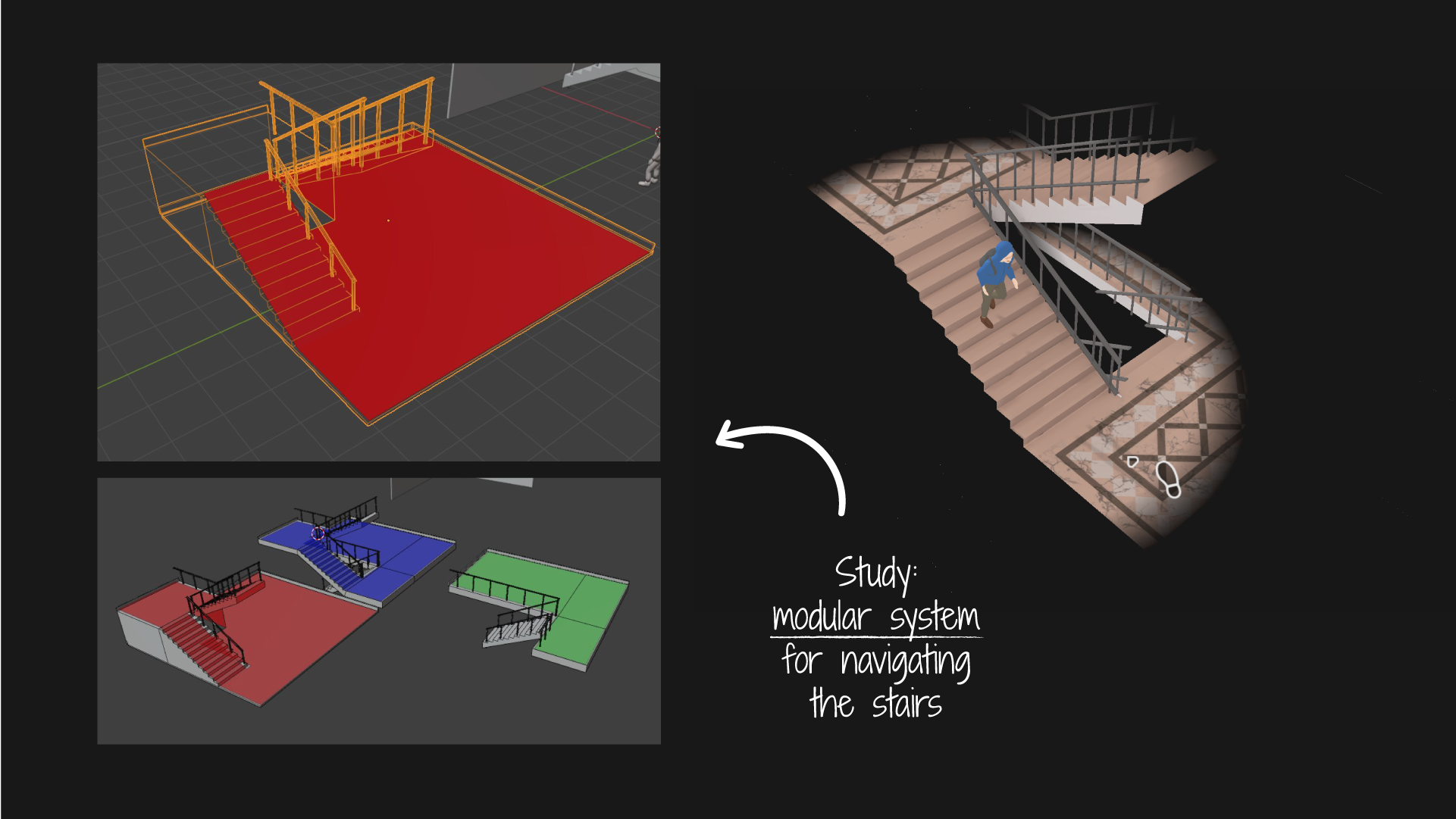
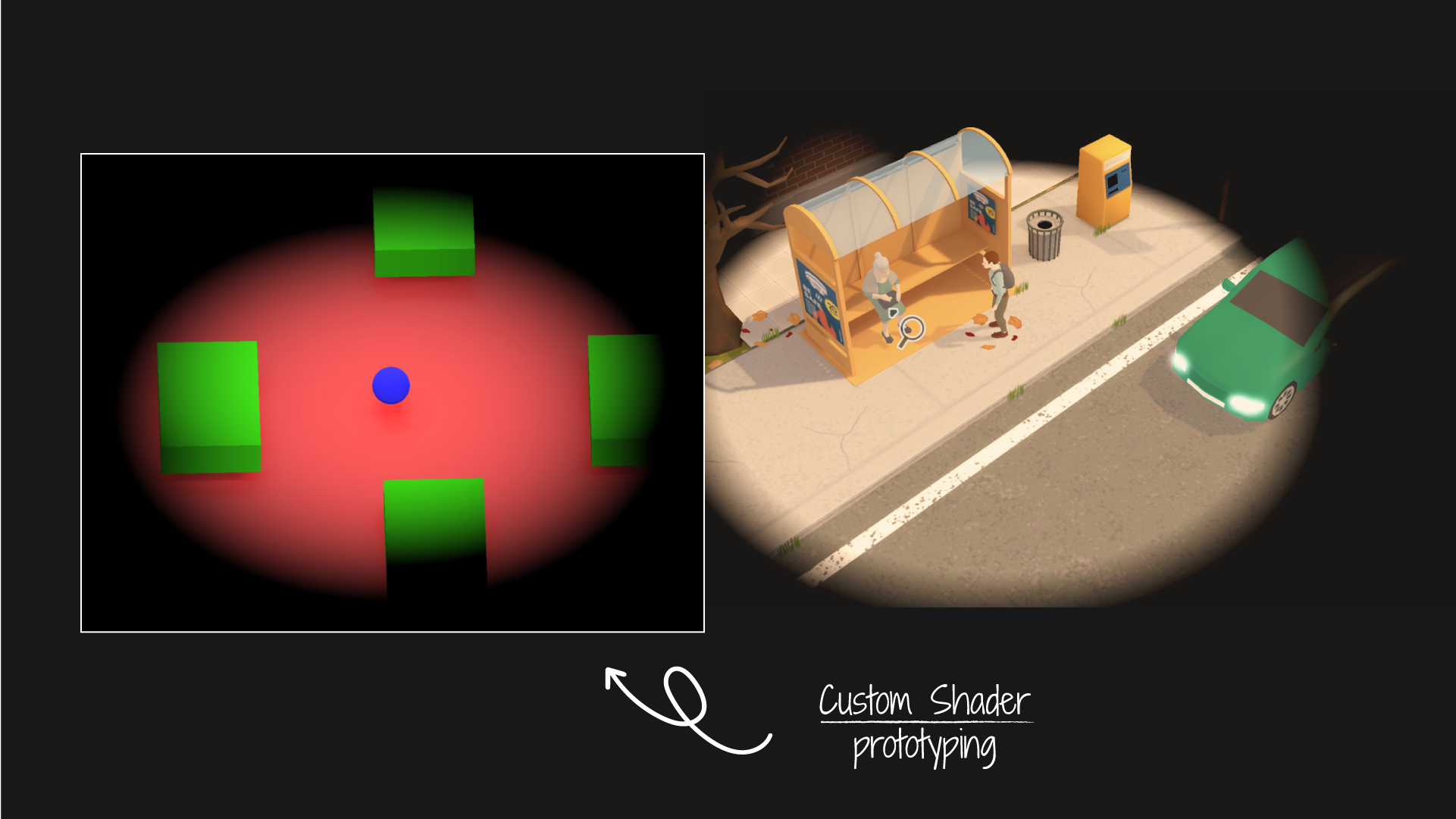
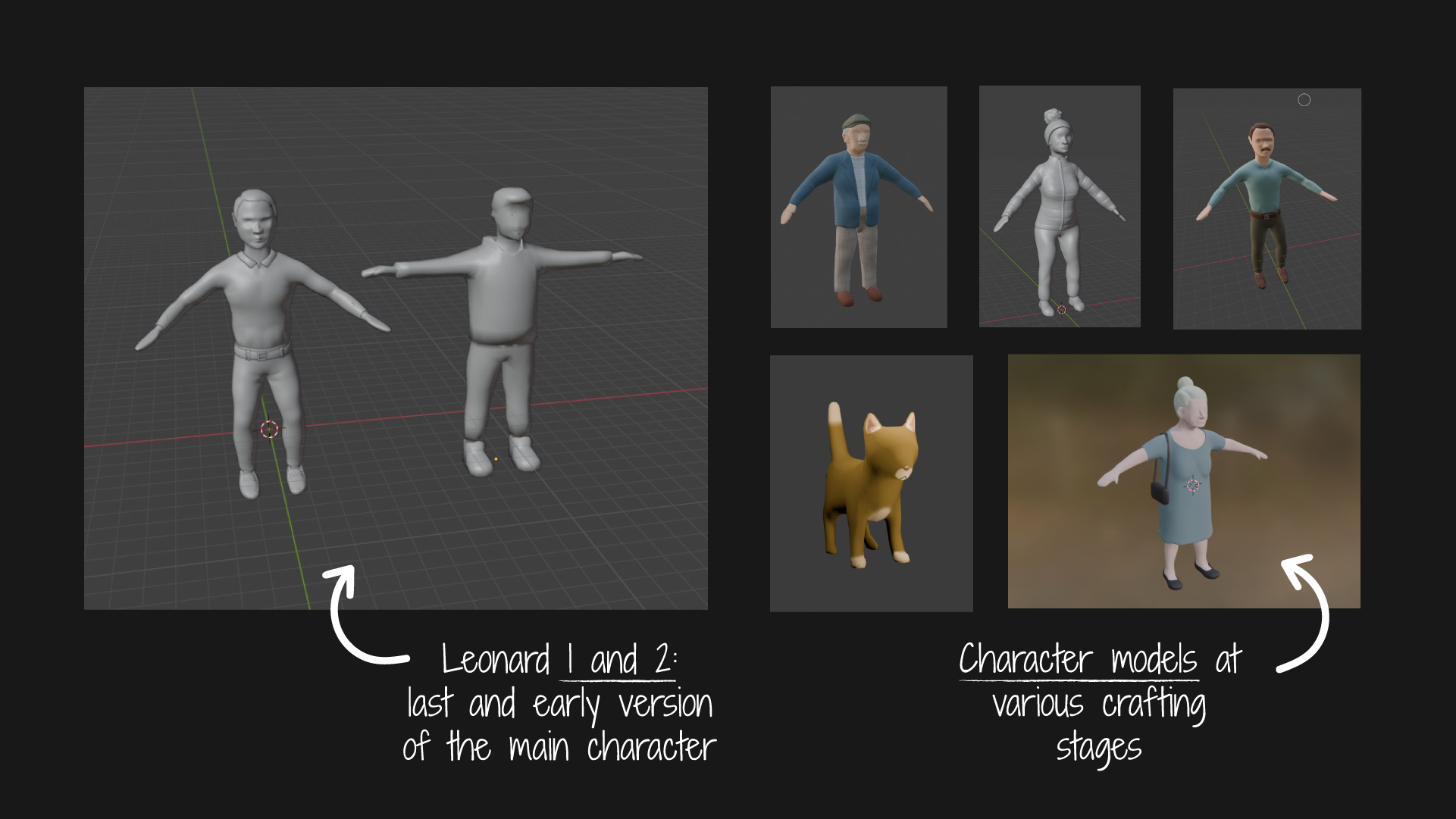
Part 3: Playtesting and Final Refinements
With a nearly complete version of the game, we moved into the playtesting phase. We involved players from diverse backgrounds, including individuals with direct experience of OCD. This feedback was invaluable, helping us identify strengths and weaknesses in the design while providing insights into both the mechanics and the narrative.
During this stage, we also implemented technical improvements and added new content. One of the most significant updates was the addition of a final scene, which we won’t spoil here but represents the culmination of Leonard’s journey.
We worked on localizing the game into Italian and English to reach a wider audience, and we created an intuitive and accessible menu system. Finally, we ensured that every element of the game was balanced from both a narrative and technical standpoint.
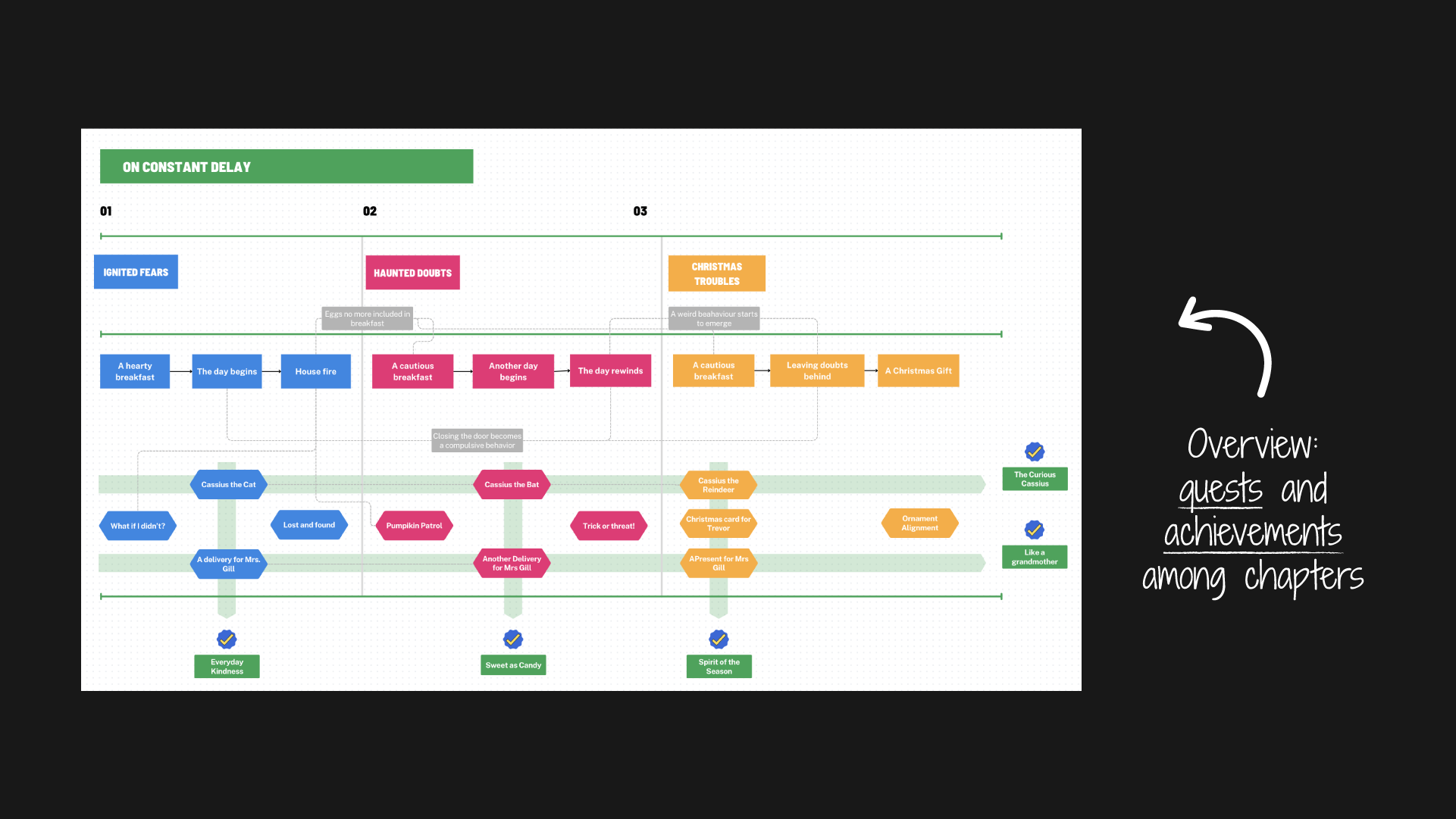
Overcoming the Major Challenges
As mentioned, one of the biggest challenges was integrating compulsive behaviors into the gameplay without glorifying or rewarding them. It was an exercise in balancing gameplay authenticity with sensitivity.
From a technical perspective, designing the stair navigation system required particular attention. Ensuring fluidity in movement was essential to prevent the repetition, a central theme, from becoming overly frustrating for players.
Looking Ahead
On Constant Delay has been met with an overwhelmingly positive response, culminating in winning the Grand Game Award at the Safe in Our World Mental Health Game Dev Champions 2024. This recognition has inspired us to plan an improved version of the game with new content and technical enhancements.
Additionally, we aim to continue developing games that raise awareness about mental health, fostering empathy and understanding. A heartfelt thank you to everyone who played On Constant Delay, provided feedback, and supported our work.
The journey continues!
On Constant Delay
Explore a life with OCD in this narrative-driven 3D game.
| Status | Released |
| Author | Narrativi Digitali |
| Genre | Role Playing, Adventure, Educational |
| Tags | 3D, Atmospheric, edugames, gamedevchampions, mentalhealt, ocd, Short, story |
| Languages | English, Italian |
| Accessibility | Subtitles, One button |
More posts
- Over 1,000 Plays: Thank You for Supporting On Constant Delay!Dec 18, 2024
- On Constant Delay wins Mental Health Game Dev Champions 2024Dec 12, 2024
- On Constant Delay among finalists of Mental Health Game Dev Champions 2024Nov 26, 2024
- 500+ Plays: Thank You for Supporting "On Constant Delay"Nov 15, 2024

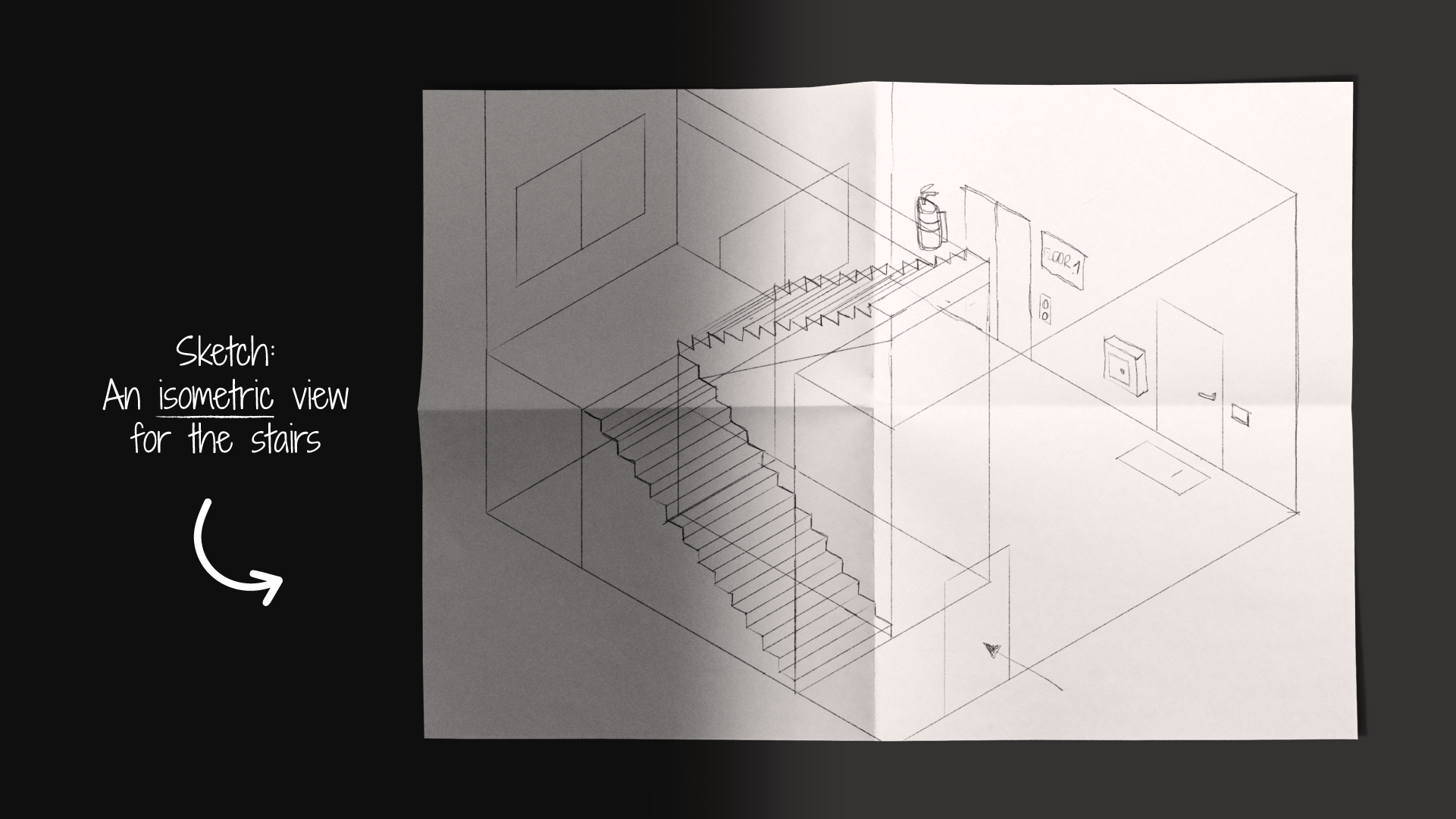
Leave a comment
Log in with itch.io to leave a comment.